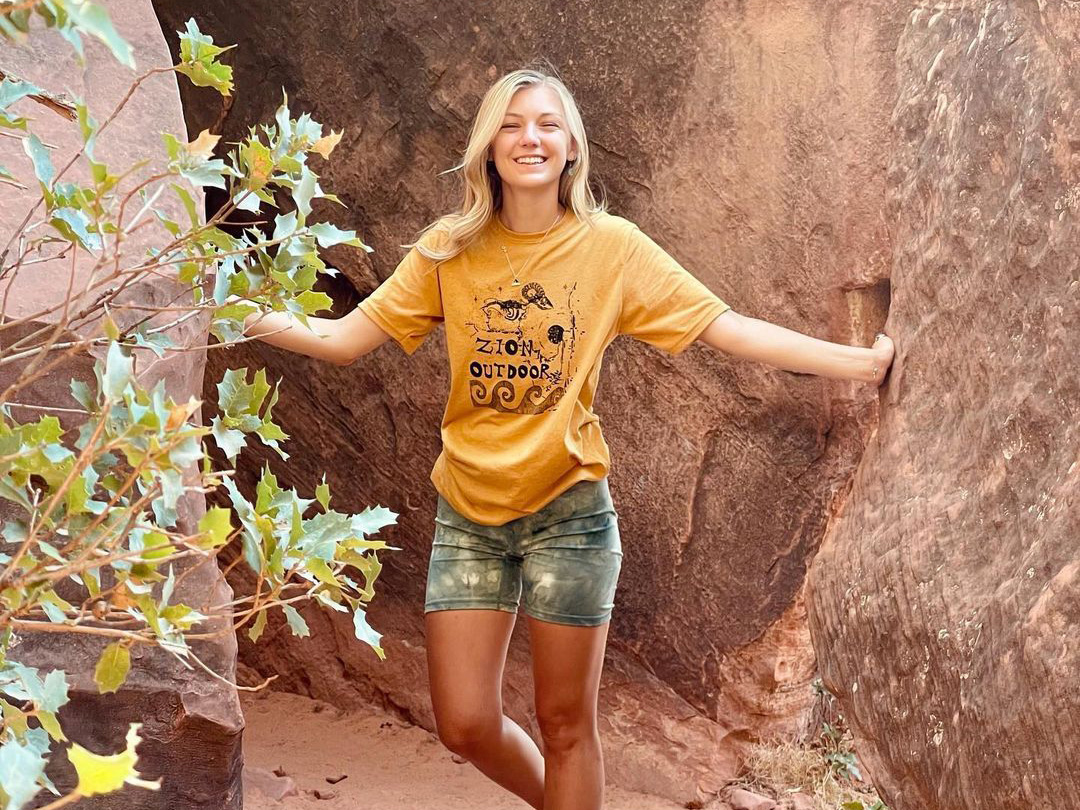
Authorities discovered 22-year-old Gabby Petito had gone missing after her fiance Brian Laundrie returned to their Florida home without her following a lengthy, cross-country road trip. After discovering her body, authorities believe the cause of death to be a homicide, with the main suspect being her fiance. From the multitude of news sources tracking her case to the true-crime enthusiasts trying to find her, the case of Gabby Petito has garnered immense media attention. In contrast, many BIPOC women go missing at an alarmingly high rate and fail to get the same amount of coverage.
Five different agencies were searching for Petito, and there was a nationwide search for her fiance. Yet, no one is looking for the hundreds of missing Indigenous and Black women who go missing in Wyoming every year. When discussing missing person cases, women of color and cases involving white women receive different levels of respect. People tend to blame women of color for getting themselves in a position to be kidnapped in the first place, and there is no sense of priority when searching for them. Nicole Mckenna, a University of Cincinnati Ph.D. student researching trauma violence against women, stated that Gabby Petito is a “case of missing white women syndrome, giving disproportionate attention to young white girls compared to women of color.” While this doesn’t disregard the tragedy of Petito’s case, it does point out the disparity in the coverage of the cases of all these missing women.
Nicole Wagon, a member of the Northern Arapaho tribe, lost her daughters, and their cases were never solved. Her eldest daughter, Jocelyn Watt, was shot and killed in her central Wyoming home in early 2019. Just one year later, Wagon’s younger daughter, Jade Wagon, was reported missing and found murdered a week later. Law enforcement claimed that Jade Wagon had died from drug use, Nicole Wagon has no doubt that she was murdered. Wagon stated that she felt murdered and missing Indigenous women are treated as statistics rather than people, “my kids are not statistics. They were human beings. And they had lives. And regardless of what people may think, or assume, they don’t know their stories.”
However, the Petito case is unique outside of race because of how present she was on social media. Petito and her fiance documented their entire trip over social media, posting mini vlogs of their adventures, allowing more people to access information about their lives. Police body cam footage was also circulating on TikTok of a distraught Petito following a physical altercation during an argument with her fiance. Assistant professor of criminal justice at California State University Sacramento, Danielle Slakoff, stated, “Once a story goes viral, people like to feel as if they’re part of it.” Social media played a massive role in Gabby Petito’s case, with multiple TikTok stars and YouTubers following the road trip the couple took in hopes of finding Petito.
Over the past decade, more than 710 Indigenous women have gone missing from Wyoming, the same place Gabby Petito went missing; however, their cases garnered no media attention. A report conducted by Wyoming’s missing and murdered Indigenous people task force found that, on average, 21% of missing Indigenous women remain missing for more than 30 days while only 11% of white women stay missing for that long. The task force also found that only 30% of Indigenous homicide victims receive news coverage, compared to the 51% of white homicide victims. On top of all this, murder coverage of white women tends to humanize the victim; however, when the news discusses murdered Indigenous women, the coverage is often “overly graphic.”
The disparity in media coverage and momentum over social media shouldn’t be allowed. The hundreds of missing Indigenous women deserve justice, they deserve the same spotlight and media coverage that Gabby Petito received.








